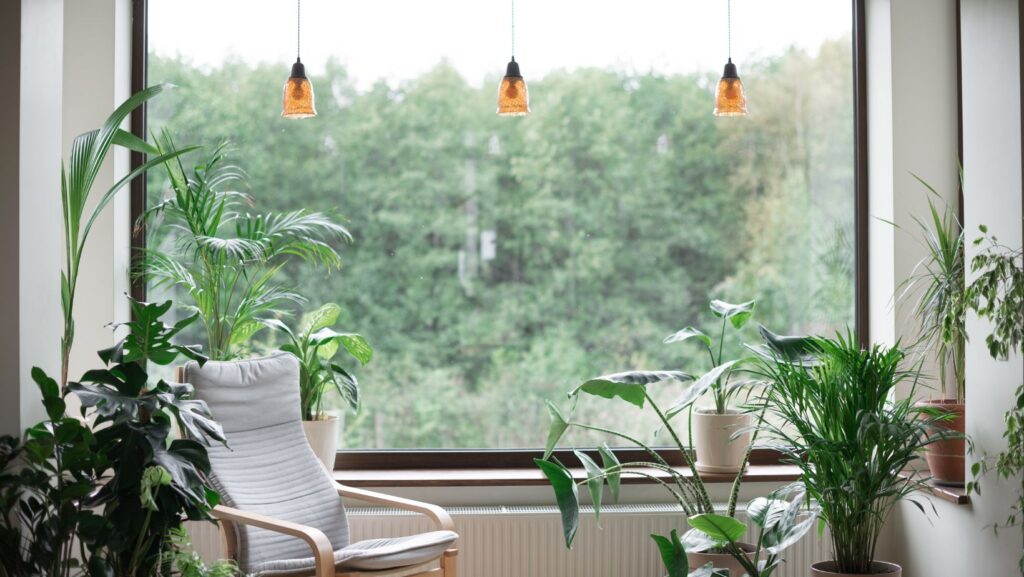The environments in which we live, work, and relax play an essential role in our overall well-being. The concept of wellness design is rooted in the idea that spaces can be intentionally crafted to support and enhance physical and mental health. In recent years, wellness design has moved beyond a trend and established itself as an integral aspect of architectural and interior planning, focusing on nurturing both the mind and body. [Insert the internal link here].
The Essence of Wellness Design
Wellness design is more than just creating visually pleasing spaces; it’s about building environments that promote comfort, reduce stress, and foster a sense of calm and well-being. This approach considers how light, space, air quality, textures, and even sound can impact a person’s health and happiness. The core philosophy is simple: when a space is designed with wellness in mind, it contributes to a healthier, more balanced life.
Key Elements of Wellness Design
To truly understand wellness design, it’s essential to break down its core components:
- Biophilic Design: Biophilia is the inherent human desire to connect with nature. Incorporating natural elements like plants, natural light, water features, and organic textures into living and working spaces helps reinforce this connection. These design choices not only beautify a space but have been shown to reduce stress, boost productivity, and improve mood.
- Air Quality and Ventilation: Clean air is a critical part of a healthy environment. Wellness design prioritizes proper ventilation and air purification systems that filter pollutants and allow fresh air to circulate. The use of eco-friendly materials that minimize volatile organic compounds (VOCs) is also a significant consideration for enhancing indoor air quality.
- Natural and Sustainable Materials: The materials used in wellness design are carefully selected to be safe for both occupants and the environment. Organic cotton, sustainable woods, stone, and recycled materials are popular choices. These materials not only contribute to the aesthetic appeal but also reduce the carbon footprint and chemical exposure in space.
- Lighting and Circadian Rhythm: Light plays a significant role in regulating our biological clock. Wellness design often incorporates natural light and artificial lighting that mimics natural daylight to align with our circadian rhythm. This can support better sleep, enhance focus, and uplift mood. Strategic placement of windows and the use of light-reflective surfaces amplify these benefits.

- Acoustic Comfort: Sound greatly affects mental well-being, whether it’s noise pollution from outside or poor acoustics within a room. Wellness design integrates soundproofing techniques, soft materials that absorb noise, and harmonious soundscapes to foster a serene environment. The goal is to create spaces that encourage peace and minimize unwanted disturbances.
Designing for the Mind and Body
The focus on mind-body wellness is central to this design philosophy. For the body, this means spaces that encourage physical activity and ergonomic comfort. For example, standing desks, open-plan areas that promote movement, and gym facilities incorporated into residential and commercial spaces can support an active lifestyle.
For the mind, wellness design encompasses elements that promote mental clarity and relaxation. This might include designated meditation or quiet zones, reading nooks, or spaces with calming color palettes that inspire tranquility. Soft textures, adjustable lighting, and cozy furnishings further create a sanctuary that eases the mind.
Wellness Design in Practice
Residential and commercial properties alike are adopting wellness design principles to improve the quality of life for inhabitants and workers. For instance, homes that follow wellness design principles often include elements like large, strategically placed windows for maximum natural light, indoor gardens, and open floor plans that create a sense of space and freedom. In offices, wellness design features may include biophilic walls, collaborative workspaces bathed in natural light, and air purification systems to keep employees healthy and engaged.
The Benefits of Wellness Design
The benefits of integrating wellness design into living and working spaces are multifaceted:
- Improved Mental Health: Exposure to natural elements and thoughtfully arranged spaces can reduce anxiety and promote relaxation.
- Enhanced Productivity: Work environments designed with wellness in mind tend to foster greater focus and productivity, as employees feel more comfortable and energized.
- Physical Health: By considering ergonomic design and clean air practices, wellness design supports better physical health, reducing issues like musculoskeletal strain and respiratory discomfort.

- Community and Connection: Spaces that incorporate wellness design principles can encourage social interaction and a sense of community, which is vital for emotional well-being.
Why Wellness Design Matters More Than Ever
In a world that is increasingly fast-paced and technology-driven, people are seeking spaces that allow them to unplug and reconnect with themselves. The pandemic brought to light the importance of the home as a sanctuary and workplaces as more than just productivity hubs—they are spaces where wellness should be a priority.
As awareness grows, architects and designers are taking note of how crucial it is to create spaces that nurture mind and body. Wellness design is not just a luxury; it is a necessary evolution in how we think about living and working spaces.
Conclusion
Wellness design transforms the way we inhabit our spaces, shifting the focus from simply existing within them to thriving. By considering elements such as biophilia, air quality, natural materials, and holistic lighting, we create environments that support both mental and physical well-being. As the concept continues to gain traction, it becomes clear that designing for wellness is an essential part of our future, enabling spaces that truly serve their purpose as places of health, inspiration, and peace.



